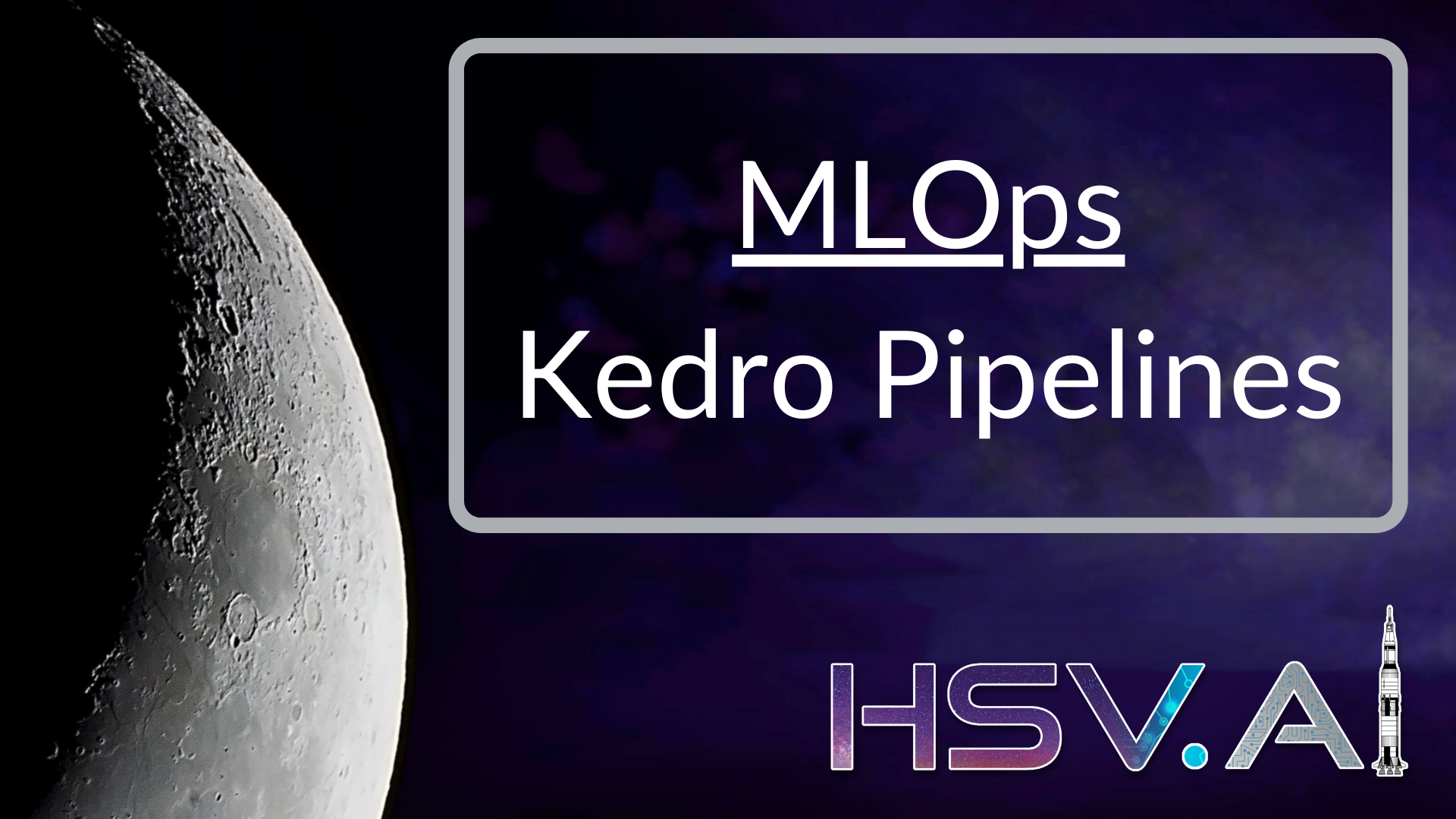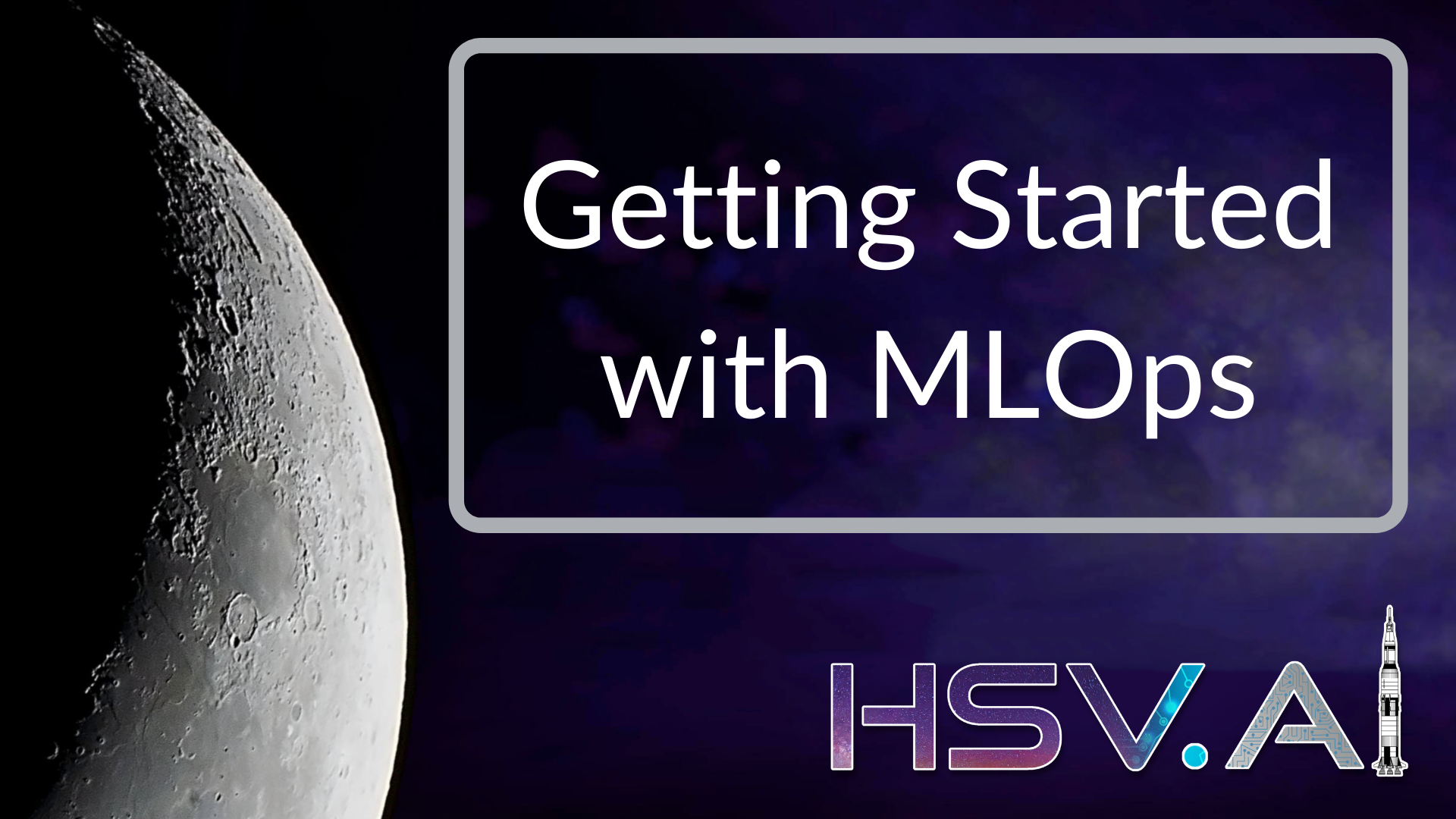Author: J. Langley
-

Community Support with Little Orange Fish
This week we will have Daniel Adamek, Executive Director of Little Orange Fish present their “Here for You” initiative. We will brainstorm AI related ideas that may help them accomplish […]
-

Intro to Hugging Face
This week we will begin a series that covers Hugging Face and transformers provided through their community-driven approach. This will be one of the first times that we’ve covered Hugging […]
-

Continuing (again) MLOps with Kedro Pipelines
This week we will continue our continuation of our MLOps series by looking at the pipeline approach for machine learning operations. We will complete the Kedro for the implementation framework […]
-

Continuing MLOps with Kedro Pipelines
This week we will continue our MLOps series by looking at the pipeline approach for machine learning operations. In our case, we will use Kedro for the implementation framework and […]
-

Getting Started with ML Operations
This week we started working through an MLOps setup for a recommendation engine. This week we will learn about what MLOps is (according to the internet) and why we need […]
-

Overview of Kedro
This week we will walk through an overview of the Kedro framework. From their website:“Kedro is an open-source Python framework for creating reproducible, maintainable and modular data science code. It […]
-
Welcome to 2021!!!
Hello World! Welcome to 2021!!! January 6, 2021 Agenda: Welcome Zoom issue to start? Process coming up for recording parts of our meetup to make available for later viewing? FreeConferenceCall […]
-
Deploying ML Models with Django
September 30, 2020 Harsha lead the talk covering the approach for deploying a machine learning model with the Django Framework. The slides from the talk are available here.
-
National Defense Education Program
September 26, 2020 This is a presentation given as part of the National Defense Education Program (NDEP) coordinated by Alabama A&M. The intent of the program is to improve the […]
-
SBIR 2020-3
September 15, 2020 The Small Business Innovation Research (SBIR) and Small Business Technology Transfer (STTR) programs are highly competitive programs that encourage domestic small businesses to engage in Federal Research/Research […]
